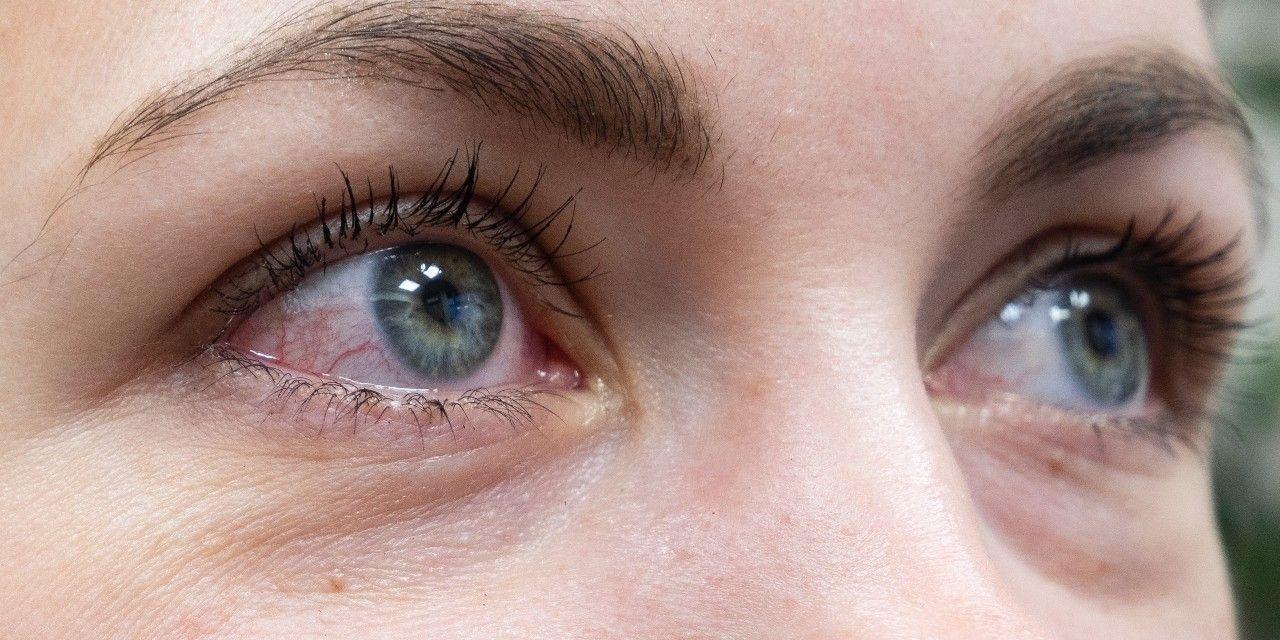Type 2 Diabetes Carries Greater Risk of Ophthalmic Complications Than Type 1 Diabetes
A Mayo Clinic-led retrospective analysis suggests patients with T2D had an 88% greater risk of developing any diabetic retinopathy within the first 15 years of diagnosis compared to those with T1D.

Data from a cohort study of 525 individuals with youth-onset diabetes is providing clinicians with insight into the risk of developing diabetes-associated ocular complications based on type of diabetes.
Results of the Mayo Clinic-led study, which was a retrospective analysis of individuals from Olmsted County, Minnesota, suggest patients with type 2 diabetes had an 88% greater risk of developing any diabetic retinopathy within the first 15 years of diagnosis compared to their counterparts with type 1 diabetes. Results also demonstrated risk of visually significant cataracts and requiring pars plan vitrectomy were more than doubled for patients with type 2 diabetes compared to type 1 diabetes.
“In this population-based cohort of children diagnosed with diabetes during a 50-year period, patients with T2D developed vision-threatening retinopathy after a shorter diabetes duration and at a higher rate than children with T1D. These findings suggest that to prevent serious ocular complications, children with T2D may require ophthalmoscopic evaluations at least as frequently as or more frequently than children with T1D,” wrote investigators.
As the prevalence of type 2 diabetes in younger populations continues to increase, a greater understanding of the natural history of ocular sequelae could result in improvements in standards of care and quality of life for patients. With this in mind, a group of Mayo Clinic clinicians and medical students sought to provide an overview of the risk of diabetes-associated ocular complications through a retrospective review of electronic medical record data from all residents within Olmsted County, Minnesota diagnosed with diabetes before the age of 22 between 1970-2019.
Using diagnostic codes, investigators identified 1362 individuals for potential inclusion in their analysis. From this cohort, investigators were able to confirm a diagnosis of type 1 or type 2 diabetes among 606 children, including 525 who underwent at least 1 eye examination and were included in the final analysis. Of the 525, 461 (87.8%) had type 1 diabetes and 64 (12.2%) had type 2 diabetes. This cohort had a mean age at diagnosis of 12.1 (SD, 5.4) years and 50.3% were male.
Upon analysis, diabetes-associated ocular complications were identified among 147 individuals with type 1 diabetes and 17 with type 2 diabetes. When assessing risk between type 2 diabetes and type 1 diabetes, results suggested those with type 2 diabetes had an 88% greater risk for developing any diabetic retinopathy (HR, 1.88 [95% CI, 1.13-3.12]; P=.02) , a 49% increase in risk of diabetic macular edema (HR, 1.49 [95% CI, 0.46-4.89]; P=.50), and a more than doubling in risk for proliferative diabetic retinopathy (HR, 2.33 [95% CI, 0.99-5.50]; P=.048), visually significant cataract (HR, 2.43 [95% CI, 0.54-11.07]; P=.24), and for requiring pars plana vitrectomy (HR, 4.06 [95% CI, 1.34-12.33]; P=.007) in the first 15 years following diagnosis.
In an invited commentary, Jennifer Sun, MD, MPH, vitreoretinal surgeon and chief of the Center for Clinical Eye Research and Trials of the Beetham Eye Institute, commends the investigators for the additions of their study to the current knowledge base and points out how results underline the need for further research into differences in patients with type 1 and type 2 diabetes.
“These results emphasize the need to explore potential differences between ocular outcomes in patients with T1D vs T2D and to elucidate the mechanisms behind any differences that do exist. Although the pathophysiology of diabetic retinopathy in T1D and T2D appears largely similar, characteristics such as body mass index, lipid profiles, and presence of hypertension differ substantially between cohorts with these 2 forms of diabetes, and it is important to understand how and whether they contribute to onset or worsening of diabetic retinopathy in youth and adults,” Sun wrote.
This study, “Ocular Sequelae in a Population-Based Cohort of Youth Diagnosed With Diabetes During a 50-Year Period,” was published in JAMA Ophthalmology.